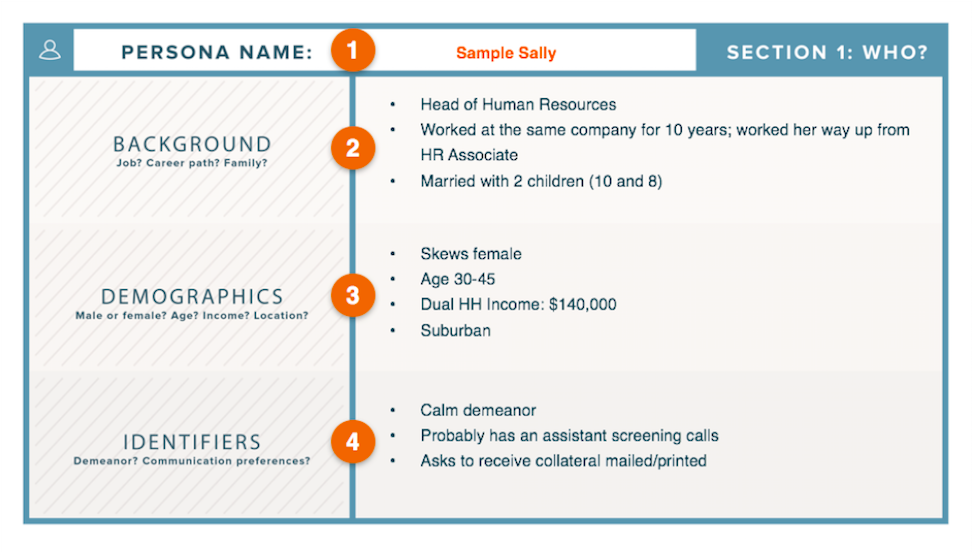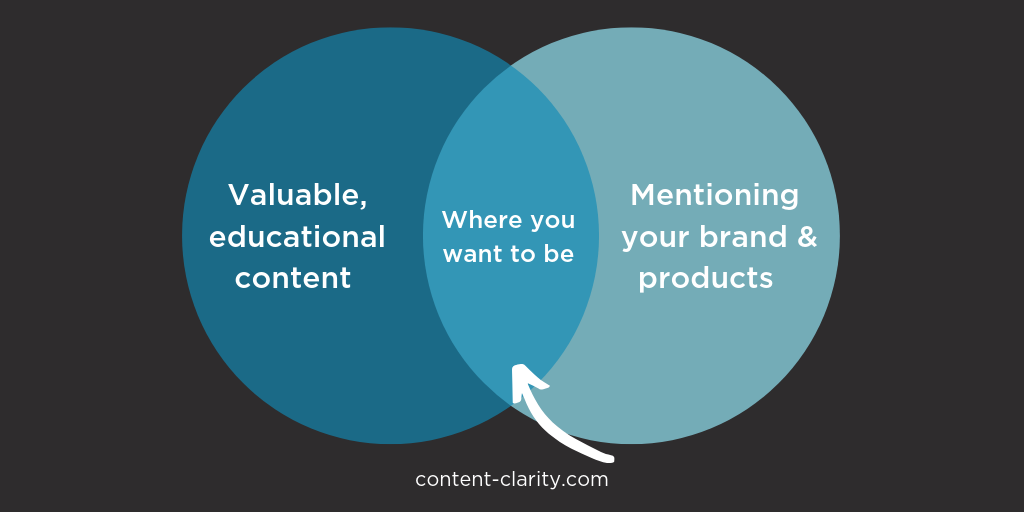
Content strategy can seem esoteric or intangible to some marketers, which might explain why many prefer to rush through the strategy part and go straight into building campaigns or creative concepts. Unfortunately, even if you have creative campaigns, your content marketing efforts will generate little results if you don’t have a solid content strategy in place.
Although it can take time, effort, and a substantial amount of research, a content strategy helps you reach your marketing goals and connect with your target audience.
So, what goes into a content strategy, and how should it be used to drive your content efforts?? Let’s take a look at some of the basic components you need.
1. Clearly-defined goals

Distributing content without setting goals first is like throwing spaghetti at a wall. It’s not about creating great content and seeing if it sticks – you need to narrow down where, when, and why you’re investing in content.
Start by defining your business goals. Are you looking to…
- Drives sales?
- Be seen as a thought leader?
- Build brand awareness?
- Boost organic traffic?
- Earn your audience’s trust?
Decide what goals you want to achieve and how you’re going to measure success. By concentrating on a certain goal, you avoid putting out inconsistent content that doesn’t help your customers.
2. Key performance indicators
One might think failing to track metrics is a rookie mistake, but surprisingly, only 10% of respondents in Social Media Examiner’s 2018 report strongly agreed that they can measure ROI. This means you’ll have a leg up on your competition when you analyze metrics relating to your content strategy – and you’ll see where you can improve and shift your strategy if necessary.
So, where should you begin? The metrics you look at will depend on your content marketing goals. Let’s say you want to increase brand awareness. Then you should measure impressions, views, organic traffic, and social content metrics.
If you are hoping to increase conversions, pay attention to your conversion rate, ROI, and cost per lead. For more on this, check out which metrics to track when analyzing your content strategy.
3. Customer or user personas
You’re going to have a hard time driving content engagement, let alone conversions, if you don’t know who your readers are.
When you’re developing a content strategy, you need to come up with detailed buyer personas. This gives you a better understanding of who your customers are and the consumers you want to target.
Think about your customers’ interests, fears, and pain points. The more specific you can get, the better. Determine their age, career, and gender. You can even answer more personal questions like, “What makes them want to get out of bed in the morning?”
Don’t pull these personas out of thin air. Look at your customer data to help with the process of establishing your buyer personas. You can do this by including surveys on your site and interviewing your customers. HubSpot has some great persona templates to get you started:

(Image from HubSpot)
Once you’ve mapped out your target audience and know where they’re hanging out online, you can produce content that caters to their specific needs and solves their problems.
4. Content pillars
Okay, I get it: you are your brand’s biggest fan. But customers who haven’t heard of your brand don’t care about what it is, they care about what your brand can do for them. At the same time, you’re producing content for a reason: to drive your business goals. Creating content that’s too user-focused won’t work, either. So how do you meet in the middle?
When developing your content strategy, you need to think about how you’re going to create valuable content that engages your target audience and establishes a mutual value exchange. Identifying content pillars can help keep you on track.

Stick to educating, entertaining, and engaging your readers with content that answers their questions and solves their problems (while remaining brand-relevant). As time goes on, your readers will come back to your site for more of this juicy content – and be tempted to see what you’ve got to offer products or services-wise. It’s a long game, but it’s worth it. After all, content marketing generates about 3 times as many leads as traditional marketing.
Remember, you can add a short call to action at the end of your blog posts, videos, or whatever type of content you’re producing, but don’t go full car salesman on them. Keep it short, sweet, and straight to the point.
Like this: Are you sick of making content strategy mistakes, or feel like your efforts just aren’t moving the needle? We can help you with that. Our team of experts works with agencies and businesses of all sizes to create custom, performance-minded content plans that make you stand out from the competition and gain loyal customers.
